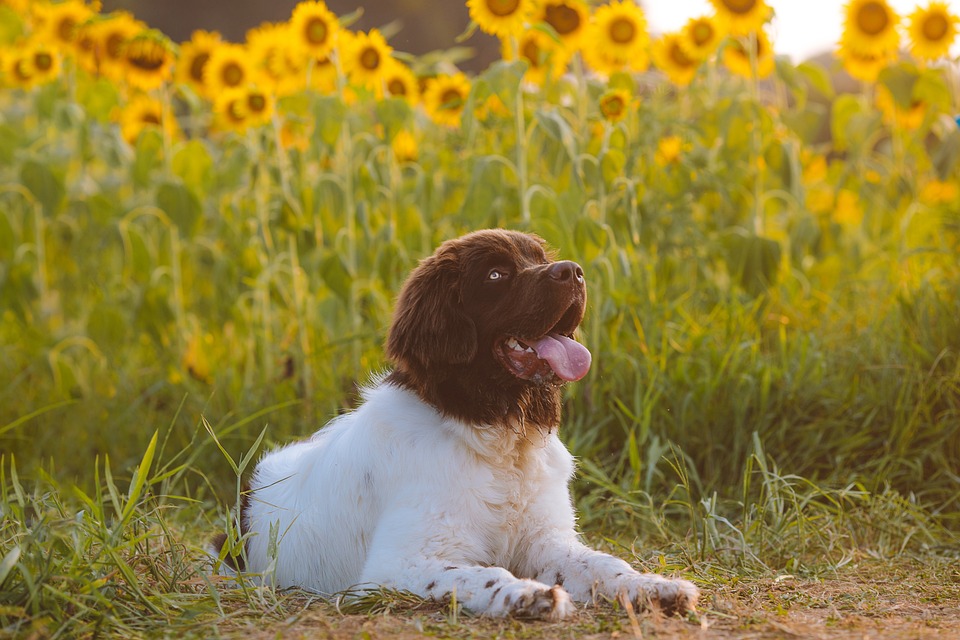Creating a well-behaved and obedient pet requires more than just basic training commands. Setting clear boundaries is an essential aspect of a dog’s overall behavior and training. Establishing limits not only ensures the safety of your furry friend but also promotes a harmonious household. In this article, we will delve into the importance of boundary training for dogs and provide valuable insights on how to achieve it.
One of the primary reasons for boundary training is to keep your dog safe. By teaching your pet boundaries, you can prevent them from venturing into dangerous areas such as roads, pools, or potentially harmful objects. This training instills self-control and helps your dog understand their limits, reducing the risk of accidents or injuries.
Boundary training plays a crucial role in teaching your dog appropriate behavior when interacting with humans and other animals. By setting clear limits, you can prevent your dog from jumping on people, begging for food, or exhibiting aggressive behavior. This training enhances their social skills, making them more pleasant to be around and reducing the chances of conflicts with other pets or people.
Clear boundaries not only benefit your dog but also strengthen the bond between you and your pet. When your dog understands and respects the limits you set, it establishes a sense of trust and respect. This mutual understanding enhances communication, making training sessions more effective and enjoyable.
Boundary training provides mental stimulation for your pet. When dogs know their boundaries, they become more attentive, focused, and responsive to your commands. This mental challenge prevents boredom and helps channel their energy into positive behaviors, reducing the likelihood of destructive behaviors or excessive barking.
To implement boundary training, consistency is key. Establish clear rules and remain consistent in enforcing them. Avoid mixed signals, as they can confuse your dog and make training less effective. Reinforce boundaries through positive reinforcement, providing treats or praise when your dog respects the limits.
Start boundary training by introducing one area or rule at a time. Begin with smaller spaces, such as a specific room or designated area in your yard. As your dog grasps these boundaries, gradually expand the training to larger areas. This approach ensures a step-by-step learning process, preventing overwhelm and promoting successful training outcomes.
Visual cues, such as physical boundaries or markers, can assist your dog in understanding their limits. Utilize physical barriers like baby gates, fences, or visual markers like flags or cones to establish clear boundaries. Consistently pair these cues with verbal commands to reinforce the association between the command and the desired behavior.
If you’re struggling with boundary training or have a particularly stubborn dog, seeking professional help can be beneficial. A professional dog trainer or behaviorist can provide expert guidance, tailored techniques, and additional support to accelerate your dog’s boundary training progress.
In conclusion, boundary training is an integral part of a well-behaved and harmonious pet. By setting clear limits, you ensure your dog’s safety, promote social etiquette, strengthen the human-canine bond, and provide mental stimulation. Consistency, gradual introduction, visual cues, and professional assistance, if needed, are key elements in successful boundary training. Start early, be patient, and enjoy the rewarding journey of establishing boundaries for your furry friend.









